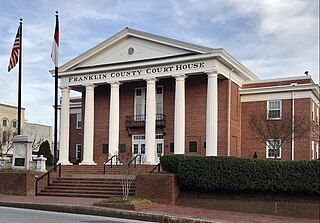
Franklin County is a county located in the U.S. state of North Carolina. As of the 2020 census, the population was 68,573. Its county seat is Louisburg.

Franklin is a city in Franklin County, Idaho, United States. The population was 641 at the 2010 census. It is part of the Logan, Utah-Idaho Metropolitan Statistical Area.

Claremont is a city in Catawba County, North Carolina, United States. The population was 1,352 at the 2010 census. It is part of the Hickory–Lenoir–Morganton Metropolitan Statistical Area.

Mooresboro is a town in Cleveland County, North Carolina, United States. The population was 311 at the 2010 census.
Boardman is a town in Columbus County, North Carolina, United States. Per the 2020 census, the population was 166.

Dover is a town in Craven County, North Carolina, United States. The population was 401 at the 2010 Census. It is part of the New Bern, North Carolina Metropolitan Statistical Area.

Franklinton is a town in Franklin County, North Carolina, United States. The population was 2,456 at the 2020 census.
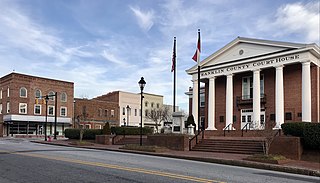
Louisburg is a town and the county seat of Franklin County, North Carolina, United States. As of the 2020 census, the town population was 3,064. The town is located approximately 29 miles northeast of the state capital, Raleigh, and located about 31 miles south of the Virginia border. It is also the home of Louisburg College, the oldest two-year coeducational college in the United States.
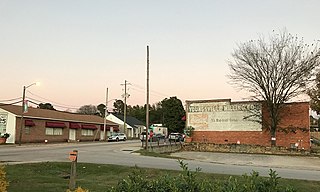
Youngsville is a town in Franklin County, North Carolina, United States. The population was 2,016 at the 2020 census.
Orrum is a town in Robeson County, North Carolina, United States. The population was 91 at the 2010 census.

Garland is a town in Sampson County, North Carolina, United States. The population was 595 at the 2020 census.

Dobson is a town in Dobson Township, Surry County, North Carolina, United States. As of the 2020 census, the town population was 1,396. It is the county seat of Surry County. Dobson is the home of the Shelton Vineyards, the largest winery in North Carolina. It is also home to a significant Latino population due to the large number of farms in the area. The main crops in the area are corn, tobacco and soy beans.
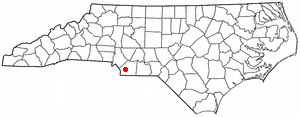
Mineral Springs is a town in Union County, North Carolina, United States. The population was 2,639 at the 2010 census.
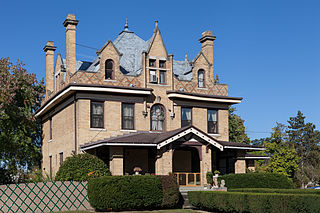
Franklin Township is a township in Greene County, Pennsylvania, United States. The population was 7,062 at the 2020 census, down from 7,280 at the 2010 census.
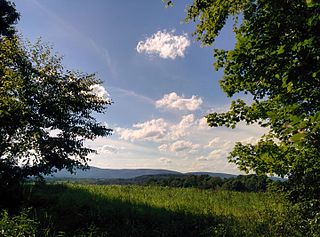
Fairfield Township is a township in Westmoreland County, Pennsylvania, United States. The population was 2,051 at the 2020 census.
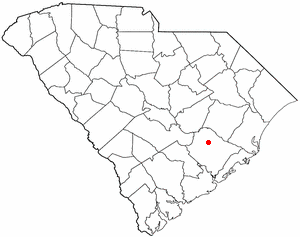
Bonneau is a town in Berkeley County, South Carolina, United States. The population was 487 at the 2010 census. It is part of the Charleston–North Charleston–Summerville Metropolitan Statistical Area.

Boones Mill is a town in Franklin County, Virginia, United States. The population was 239 in 2018, down from 285 at the 2000 census.

Troutdale is a town in Grayson County, Virginia, United States. The population was 140 at the 2020 census.

Ridgeway is a town in Henry County, Virginia, United States. The population was 742 at the 2010 census. It is part of the Martinsville Micropolitan Statistical Area. Martinsville Speedway, a NASCAR racetrack, is located between Ridgeway and the Martinsville city limits.
Lake Royale is a census-designated place (CDP) in southeastern Franklin County, North Carolina, United States. The population was 3,392 at the 2020 census.















